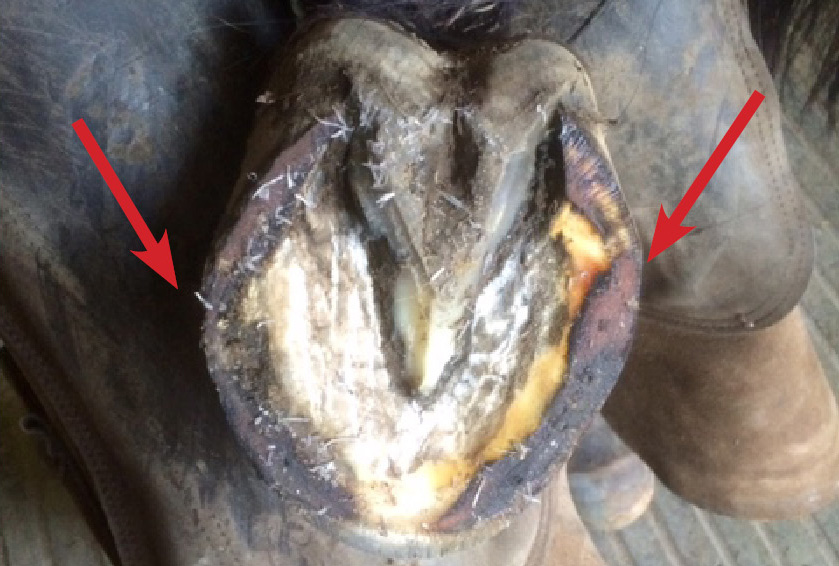4 more ways to know if your horse isn’t sound…

Following on from our previous article on ‘soundness‘, our equine rehabilitation specialist Catherine McCourt discusses 4 more ways to know if your horse isn’t sound.
- Unusual stable behaviours
If your horse stops hanging his head over the stable door and is instead standing at the back of the stable with his head in the corner, then chances are that he is in pain. Similarly if he has become aggressive in the stable and turns his back end to you when you go into the box. Also look out for a horse that stands either with its 4 legs close together under his body or with one or more stretched out away from the body – this is a clear indication of something not quite right.
- Pain on palpation
Every horse owner should get used to feeling the skin and underlying muscles of their horse. When gently pressing into the muscles there should be a feeling of fluidity and softness, like pushing your finger into putty or a dense sponge. If the muscle tenses away from you, is hard, or if the skin feels tight, then further investigation is needed.
- Change of hoof shape
Even though the horse’s hoof is a sold structure, the hoof wall can change shape very rapidly due to excess pressures, even if shod and even within a matter of days (see image above). If one of your horse’s hooves starts to flare or crack, don’t just look at the hoof. Also look at the contralateral limb to see why the horse isn’t using all 4 feet evenly to disperse the pressure. If both front heels start to become underrun, then look at the backs, sacroiliac, hocks and suspensories. If there is no growth on the hind feet then again there could be something hurting in the hind end.
- Reluctance to march
Our final indication that your horse could be off is that he is reluctant to march forward in a straight line, even in walk. A little drifting is acceptable in a youngster, but a mature, trained horse should be able to march forward in a straight line. If you find instead that your horse is drifting as though a little tipsy, further investigation is warranted.
To paraphrase Shrek, the not quite sound horse is like an onion. When a limb or joint is sore the horse will overcompensate on the diagonally opposite limb. This then may become stressed and so the horse puts more weight on that limb’s pair. If that becomes sore then the pressure will fall on the diagonally opposite limb, which of course is the pair to the original injury and the horse may suddenly go very lame.
Often treating a lame horse is a matter of treating each unsoundness that shows up until the original cause can be traced. Early observations of subtle signs like those above, or of tense or tight areas can often pick up these issues at an early stage, so it’s important to remain vigilant.
There is no substitute for good diagnostics. By all means try physiotherapy or acupuncture for sore muscles, but if the issue does not resolve or if it returns, then contact your vet as early intervention can greatly shorten recovery times.
